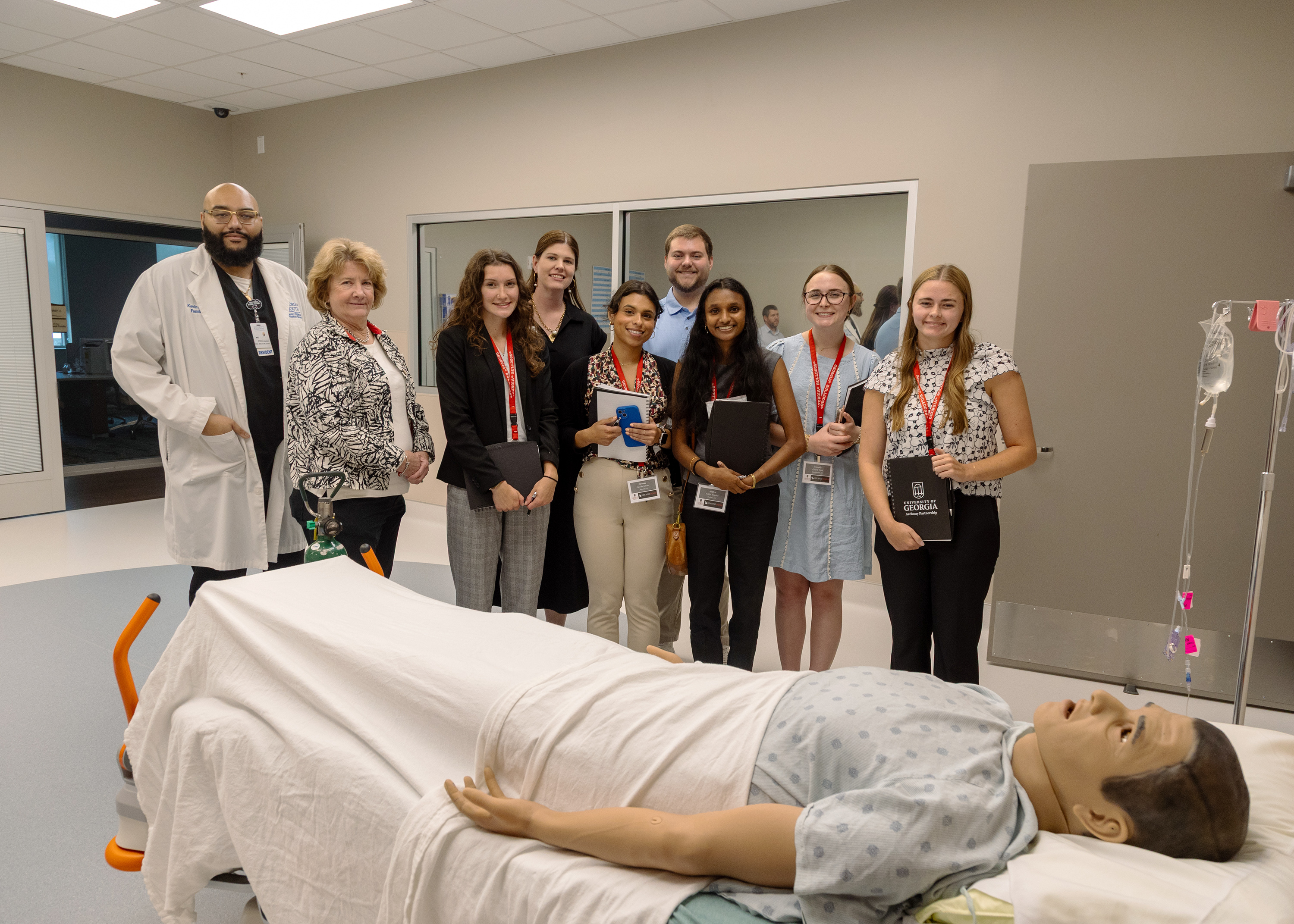EDITORIAL: Reopening means balancing priorities
Published 3:09 pm Thursday, May 21, 2020
One could argue that the biggest job of any leader is to set priorities. It’s often not what needs doing, but what needs doing first — or what needs doing most. When you see the priorities a leader sets, you see what he values and what he thinks is important.
As the United States has struggled with the coronavirus, states have issued shelter-in-place orders, states of emergency, and restrictions of many kinds on businesses and residents in order to slow the spread of COVID-19, the disease that the new virus causes. There was early resistance, but even opponents recognized such strong actions needed to be taken to save lives.
The goal, as it was publicly described, was not to prevent everyone from getting the disease. The goals were (1) to keep the people most likely to have a bad result from getting the disease and (2) to keep the number of new cases at a level that medical facilities could handle.
With more than 93,000 deaths across the country, the first goal has obviously been less successful than everyone would have liked. As to the second, several places, especially large cities, faced a greater caseload than they were prepared for, but medical facilities in most of the country either have suffered less or have managed to adapt so that patients receive the treatment they need.
For example, Colquitt Regional Medical Center had only 35-37 in-patients with COVID-19 at the outbreak’s height, according to Chief Medical Officer Dr. Michael Brown. That number is now down to about 10. The hospital is licensed for 99 beds, so COVID-19 demand here was far short of its capacity.
As some governors have realized their states’ medical facilities are capable of handling the caseload, they’ve moved toward reopening. Their priority has been to get their economies going again.
They’ve faced resistance from others whose priority is to save more lives.
The clash of these priorities has turned nasty, and that is unfortunate. Both sides have good points that their opponents choose to ignore.
The purpose of the restrictions was to discourage people who have the coronavirus from interacting with people who didn’t. That is still the best way to avoid getting it if you don’t have it or to avoid giving it to someone else if you do. The more people who stay home, the fewer people who are exposed. The more people who wear masks when they do go out, the fewer people who are exposed. The more people who keep six feet or more between one another, the fewer people who are exposed.
And the fewer people who are exposed means fewer people who get sick or who carry the virus to still more people. Fewer people will die, and that’s a noble goal.
But that viewpoint ignores the hardships caused by the economic shutdown.
People who are out of work still have bills to pay. A worker’s family must eat, whether the worker is employed, on furlough or laid off. The utility companies may not be cutting off electricity now, but the unpaid bills will eventually come due. Unemployment insurance helps, but it’s not a bottomless well; the longer the lockdown continues, the worse off the workers will be when recovery starts.
Entrepreneurs who have put their lives into their businesses are seeing dreams dashed. Some will never reopen after closing for COVID-19, and the longer the lockdown goes on, more businesses will stay closed forever.
And the toll is not just economic. More than 20 states have reported an increase in opioid-related deaths since the pandemic began, according to an American Medical Association brief released Monday.
Getting America back to work is also a noble goal — and a life-saving one.
It’s up to our leaders to arrange these conflicting priorities.
Then, in the current primary and in November’s General Election, it’s up to voters to determine whose priorities match up best with their own.





